BIS(2-N-BUTOXYETHYL)PHTHALATE
- CAS NO.:117-83-9
- Empirical Formula: C20H30O6
- Molecular Weight: 366.45
- MDL number: MFCD00048781
- EINECS: 204-213-1
- SAFETY DATA SHEET (SDS)
- Update Date: 2024-12-18 14:15:30
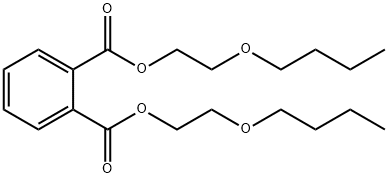
What is BIS(2-N-BUTOXYETHYL)PHTHALATE?
Chemical properties
The empirical formula of dibutoxyethyl phthalate (DBEP) is C20H30O6. It is a colorless liquid, with a density of 1.063.It is soluble in organic solvents and fairly insoluble in water.
The Uses of BIS(2-N-BUTOXYETHYL)PHTHALATE
It is used as a plasticizer for polyvinyl chloride, polyvinyl acetate, and other resins.
Definition
ChEBI: A phthalate ester obtained by the formal condensation of both the carboxy groups of phthalic acid with two molecules of 2-butoxyethanol.
Production Methods
DBEP is formed by the esterification of glycol monobutyl ether with phthalic anhydride in the presence of a catalyst (sulfuric acid or p-toluenesulfonic acid) or noncatalytically at high temperature.
Safety Profile
Mildly toxic by ingestion. Whenheated to decomposition it emits acrid smoke andirritating fumes.
Properties of BIS(2-N-BUTOXYETHYL)PHTHALATE
| Melting point: | -54.9°C |
| Boiling point: | 270 °C / 22mmHg |
| Density | 1.06 |
| refractive index | n20/D 1.486(lit.) |
| Flash point: | 205 °C |
| storage temp. | Refrigerator |
| solubility | Chloroform (Slightly), Methanol (Slightly) |
| form | Oil |
| color | Colourless |
| Water Solubility | <0.3g/L(20 ºC) |
| CAS DataBase Reference | 117-83-9(CAS DataBase Reference) |
| EPA Substance Registry System | Bis(2-butoxyethyl) phthalate (117-83-9) |
Safety information for BIS(2-N-BUTOXYETHYL)PHTHALATE
| Signal word | Warning |
| Pictogram(s) |
 Corrosion Corrosives GHS05  Exclamation Mark Irritant GHS07  Environment GHS09 |
| GHS Hazard Statements |
H320:Serious eye damage/eye irritation |
| Precautionary Statement Codes |
P264:Wash hands thoroughly after handling. P264:Wash skin thouroughly after handling. |
Computed Descriptors for BIS(2-N-BUTOXYETHYL)PHTHALATE
New Products
3-Iodophenylacetic acid 3-Pyridineacetonitrile, α-hydroxy- 2-Propanamine, 1-chloro-, hydrochloride (9CI) 3-(hexyloxy)-4-(pyridin-3-yl)-1,2,5-thiadiazole 2-Hexyn-1-ol Dibenzo-18-crown-6 Nickel(II) perchlorate hexahydrate, 98% 4-Bromophenylacetonitrile, 95% 3-Bromo-4-fluoroaniline, 97% Sodium tetraborate decahydrate, 98% Palladium(II) acetate, trimer, Pd 99% 4-Bromo-2-chlorotoluene, 97% N N Dimethylformamide Dimethyl Acetal (Dmf Dma) 2,3-Dichloro Benzoyl Cyanide [Side Chain] Bis(2-Chloroethyl) Amine Hydrochloride L-Glutamic Acid Diethyl Ester Hydrochloride 5-(Difluoromethoxy)-2-Mercaptobenzimidazole 1-Ethyl-3-(3-Dimethylaminopropyl)-Carbodiimide Hydrochloride [EDC Hcl] 1,4-Napthoquinone Bromoiodomethane Sodium Bicarbonate Methylene Dichloride (MDC) Ethyl Acetate Indole-3-Carbinol (I3C)Related products of tetrahydrofuran
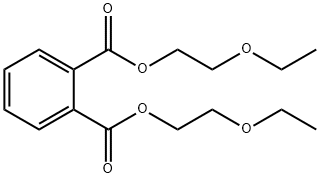
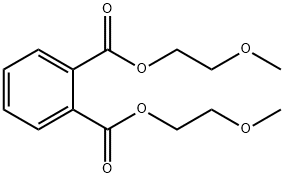
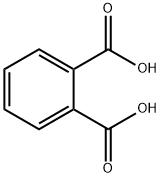

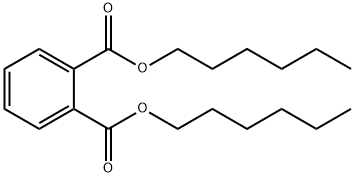
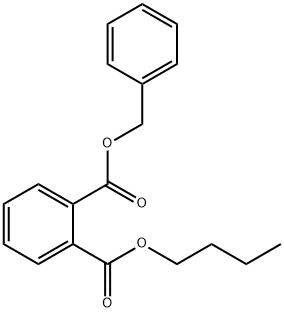
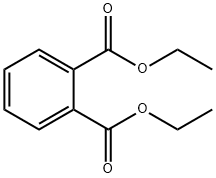
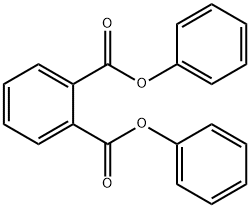
You may like
-
 Phthalic Acid Bis(2-butoxyethyl) Ester CAS 117-83-9View Details
Phthalic Acid Bis(2-butoxyethyl) Ester CAS 117-83-9View Details
117-83-9 -
 17604-74-9 3-Pyridineacetonitrile, α-hydroxy- 98+View Details
17604-74-9 3-Pyridineacetonitrile, α-hydroxy- 98+View Details
17604-74-9 -
 131987-69-4 98+View Details
131987-69-4 98+View Details
131987-69-4 -
 Cyclohexane, (2-propynyloxy)- 67967-07-1 98+View Details
Cyclohexane, (2-propynyloxy)- 67967-07-1 98+View Details
67967-07-1 -
 764-60-3 2-Hexyn-1-ol 98+View Details
764-60-3 2-Hexyn-1-ol 98+View Details
764-60-3 -
 2-Propanamine, 1-chloro-, hydrochloride (9CI) 98+View Details
2-Propanamine, 1-chloro-, hydrochloride (9CI) 98+View Details
5968-21-8 -
 3-Iodophenylacetic acid 1878-69-9 98+View Details
3-Iodophenylacetic acid 1878-69-9 98+View Details
1878-69-9 -
 132945-75-6 (S)-1-Boc-3-methanesulfonyloxy-pyrrolidine 98+View Details
132945-75-6 (S)-1-Boc-3-methanesulfonyloxy-pyrrolidine 98+View Details
132945-75-6
Statement: All products displayed on this website are only used for non medical purposes such as industrial applications or scientific research, and cannot be used for clinical diagnosis or treatment of humans or animals. They are not medicinal or edible.
